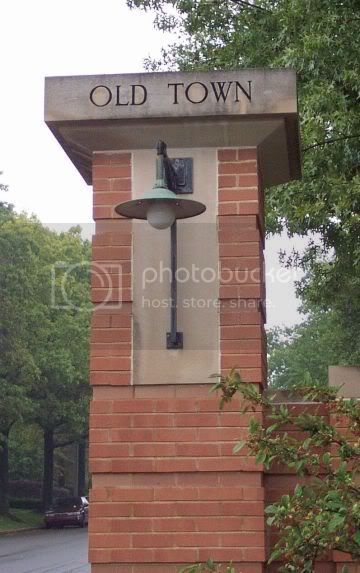Please read the following letter from Marguerite Garrick:
Subject: Why we need to eradicate Bush Honeysuckle.
Dear Clayton Neighbor:
In 2004, I Co-Chaired the first 24-hour biological survey of the newly restored Forest Park with Valerie Vartanian, Invasive Species Specialist for The Nature Conservancy and The Missouri Botanical Garden. In 2006 when I was an advisor for the second BioBlitz, I was asked if I would help inform the citizens who live in the communities that ring the Park about the need to remove Bush Honeysuckle from the area.
Forest Park Forever spent $40,000 removing Bush Honeysuckle from the park in the last year and there's still lots more to go. The results after removal are worth it though. After it was removed from Kennedy Woods, many native plant species began to return from a dormant native seedbed, and within in a year the bird species sighted grew from 10’s to more than 100. As a result Kennedy Woods has recently received the national designation of an Important Bird Area by the Audubon Society.
Bush Honeysuckle is an Asian variety introduced in the 50's and 60's by the USDA to control soil erosion. It used to be widely sold in nurseries as well. It has spread throughout the northeast and Midwest. Since it has no natural controls in this country, and since it leafs out first in the spring and holds it's leaves last in the fall, it shades out native vegetation thereby eliminating biodiversity. Bush Honeysuckle also emits a toxin through its root system that kills most non-Honeysuckle plants within its growing radius.
Once it gets into a wooded area or forest it will first eliminate the native understory, then eventually, because young trees cannot grow up in an infested area, will eliminate the trees as well.
In 2004, I Co-Chaired the first 24-hour biological survey of the newly restored Forest Park with Valerie Vartanian, Invasive Species Specialist for The Nature Conservancy and The Missouri Botanical Garden. In 2006 when I was an advisor for the second BioBlitz, I was asked if I would help inform the citizens who live in the communities that ring the Park about the need to remove Bush Honeysuckle from the area.
Forest Park Forever spent $40,000 removing Bush Honeysuckle from the park in the last year and there's still lots more to go. The results after removal are worth it though. After it was removed from Kennedy Woods, many native plant species began to return from a dormant native seedbed, and within in a year the bird species sighted grew from 10’s to more than 100. As a result Kennedy Woods has recently received the national designation of an Important Bird Area by the Audubon Society.
Bush Honeysuckle is an Asian variety introduced in the 50's and 60's by the USDA to control soil erosion. It used to be widely sold in nurseries as well. It has spread throughout the northeast and Midwest. Since it has no natural controls in this country, and since it leafs out first in the spring and holds it's leaves last in the fall, it shades out native vegetation thereby eliminating biodiversity. Bush Honeysuckle also emits a toxin through its root system that kills most non-Honeysuckle plants within its growing radius.
Once it gets into a wooded area or forest it will first eliminate the native understory, then eventually, because young trees cannot grow up in an infested area, will eliminate the trees as well.
Click here for document with instructions regarding removal of Bush Honeysuckle. I urge you to share this with your neighbors and to urge your neighbors to look in their yards and alleys and to begin to get rid of this very dangerous invasive plant. It's moving along power lines down Highway 44. If it gets into the Mark Twain National Forest or the Ozarks it will be an ecological disaster. Thank you so much for any help you can give us to raise awareness about the need to eliminate Bush Honeysuckle from our area completely.
Marguerite Garrick
Member, Garden Club of St. Louis
President, Hillcrest Homeowners Association
email- ritey1951@aol.com
email- ritey1951@aol.com




